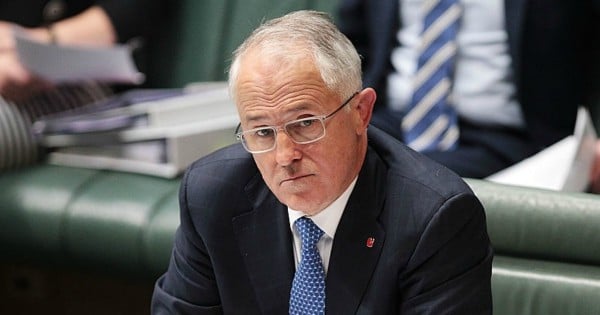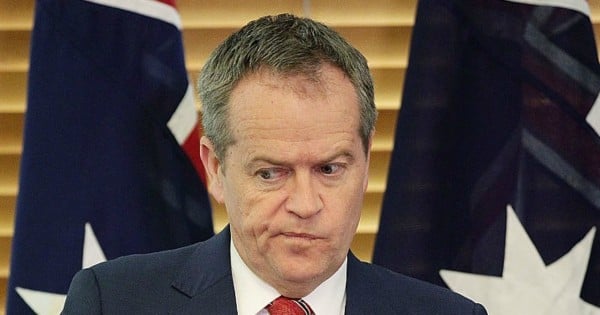
Eva Cox, University of Technology Sydney
The idea that there are policies of particular interest to women goes back to the suffrage era at the turn of the 20th century. Among the key arguments for women gaining the vote was that it would allow them to address overlooked poverty and temperance.
Much more recently, we established the Women’s Electoral Lobby in 1972 to quiz candidates and lobby to put feminist policies on the election agenda. The incoming Whitlam government took up many ideas and made an early commitment to equal pay. In 1974, its win included our childcare policies. When Paul Keating later updated them, they helped his surprisingly successful 1993 election. He officially thanked us for our input.
My personal experiences with all of these show that women voters can respond to policies that affect them in a variety of ways. The following analysis offers a feminist assessment of whether certain key policies crafted by the major parties may influence women’s votes.
While both the Liberal Party and the Labor Party have issued women’s policy documents, these are strong on equality rhetoric but short on the continuing gender inequities, instead offering some funding to fix service problems. A comprehensive list of policies, mostly useful but not change-making, is listed by the National Foundation for Australian Women.































































































